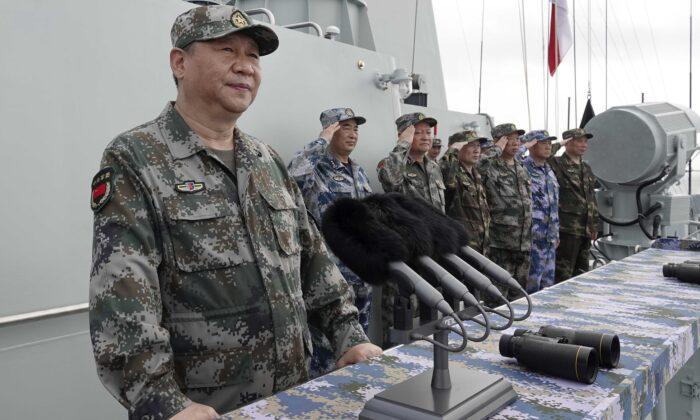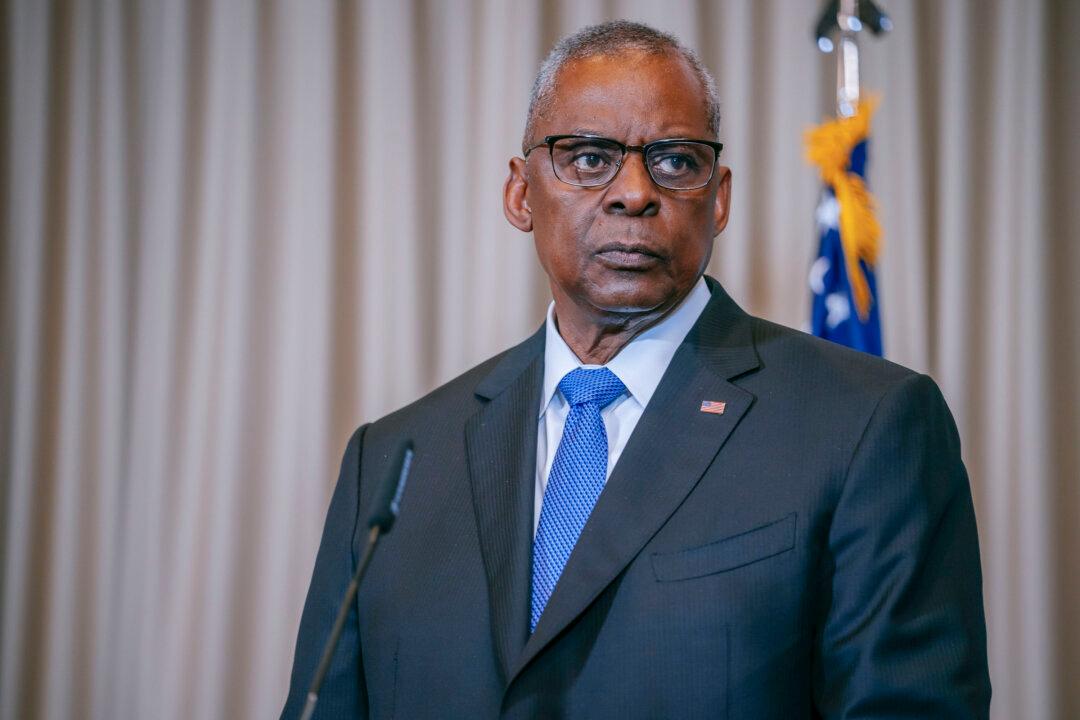Chinese leader Xi Jinping delivered this year’s mobilization orders to the regime’s military on Jan. 5, saying it must evolve into an elite force capable of winning any war.
“The armed forces must closely follow the evolution of technology, warfare, and rivals, redouble their efforts to better combine training with combat operations, and strengthen systematic training and the use of technologies to develop an elite force that is capable of fighting and winning wars,” the order said, according to state-run news agency Xinhua.
Xi, who is both the general secretary of the Chinese Communist Party (CCP) and the head of the Party’s military as chairman of the Central Military Commission, has issued mobilization orders annually since 2018. The orders signal the priorities of the armed forces and initiate military-wide training for the coming year.
The orders come as the CCP takes an increasingly bellicose approach to international relations, coinciding with worsening relations between the regime and the greater international order.
Since coming to power in 2012, Xi has implemented sweeping reforms across the whole of Chinese society, including a massive restructuring of the military, which began in 2015.
That restructuring process continues to this day, and Xi has worked to significantly tighten his personal control over military leadership during the intervening period, promoting at least 58 generals loyal to him and sympathetic to his reforms.
The technology-focused mobilization order also follows the CCP’s signing of a joint statement earlier this week with the other members of the U.N. Security Council. In it, the regime leadership said it believed the further spread of nuclear weapons must be prevented.
Immediately after the statement was issued, however, a Chinese official said that the regime would continue to modernize its nuclear arsenal and wouldn’t make any reductions until the United States and Russia had fewer nuclear warheads than it did.
The United States has grown increasingly wary of China’s expanding military capabilities.
These include new bids on assault helicopters from Russia, an expanding navy, a record number of incursions into Taiwan’s air defense identification zone by Chinese military aircraft, Taiwan invasion simulations, and the test of a hypersonic weapon in July.
In response, the Pentagon said its upcoming national security strategy would focus on developing global alliances and partnerships while contending with the Chinese regime as a “pacing challenge.”
As such, the United States is expanding its military footprint in the Indo-Pacific, increasing troop rotations to allied nations, and pursuing increased multilateral operations and diplomatic forums with allies and partners through channels such as AUKUS and the Quadrilateral Security Dialogue (QUAD), which are considered vital to continued U.S. strength in the region.
In December, the U.S. military introduced new software to help predict how its actions might provoke anger from China’s communist leadership. Ultimately intended to help American leadership avoid the ire of the CCP, the software was pejoratively dubbed an “appeasement app” by some critics.






Friends Read Free